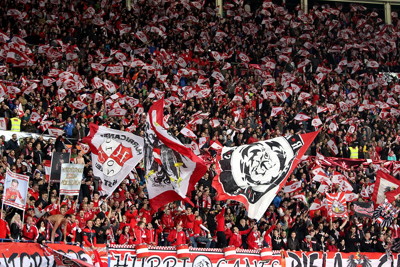
Football has been played in Austria since not long after the time of its invention; or at the very least, since not long after the rules were laid down and made official in England.
It arrived in the country in 1890, catching on to the extent that by the turn of the century a cup competition had been instigated called the Neues Wiener Tagblatt Pokal.
It was for the clubs of Vienna, the capital of Austria, and there remained a certain snobbishness in place for the first few decades of football’s time in the country.
We’ll tell you about that in more detail further down this page in the ‘History of Football in Austria’ section.
Introduction to Austrian Football
 The nation of Austria didn’t even enter the original World Cup tournament in 1930, instead choosing to forgo that opportunity until it was hosted by Italy in 1934. They weren’t the only European nation to do so, with many sides refusing to participate in the competition as it was held in Uruguay. A combination of the Second World War and internal politics meant that Austria didn’t take part in another World Cup tournament until the 1958 version held in Sweden. That, combined with a number of years in which they simply weren’t good enough to qualify, has led to the Austrians having a rather poor appearance record for World Cup competitions.
The nation of Austria didn’t even enter the original World Cup tournament in 1930, instead choosing to forgo that opportunity until it was hosted by Italy in 1934. They weren’t the only European nation to do so, with many sides refusing to participate in the competition as it was held in Uruguay. A combination of the Second World War and internal politics meant that Austria didn’t take part in another World Cup tournament until the 1958 version held in Sweden. That, combined with a number of years in which they simply weren’t good enough to qualify, has led to the Austrians having a rather poor appearance record for World Cup competitions.
Things aren’t an awful lot better when it comes to looking at their European Championship record either, truth be told. The fact that fewer teams partake in that tournament hasn’t led to the Austrians finding their passage to the finals themselves any easier. They failed to qualify for their first Euro appearance until 2008, when they left at the Group Stage. They failed with qualification again in 2012, leaving at the Group Stage once more in 2016. Out of a possible fifteen European Championship appearances between the tournament was founded in 1960 and 2016, therefore, the Austrians only qualified for two of them. Not the sort of record that a major European nation with football as its first love likes to see.
Part of Austria’s problem is that it’s not a nation that produces major goalscorers. The cliché about European nations like Austria, Germany and Switzerland is that they’re solid without being spectacular. Austria take that to a whole different level to the other two, however, with their most-capped player being the attacking midfielder Andreas Herzog who only scored twenty-six goals across one-hundred and three appearances. When you don’t have goals in your team you’ll always struggle to win, which in turn makes qualification for tournaments a tricky thing to pull off.
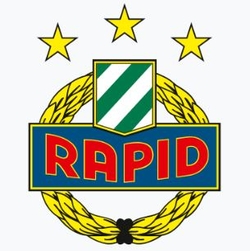
Domestic teams have struggled to perform all that well abroad, too. The most successful team in the country, SK Rapid Wien, boasts more than thirty-national titles but only two appearances in the final of the European Cup Winners Cup, losing both times. FK Austria Wien have a similar claim to fame, being losing finalists of the same competition back in 1978 when they were beaten 4-0 by Anderlecht. FC Red Bull Salzburg made the final of the Europa League back in 1994 when they were known as Austria Salzburg and the tournament was called the UEFA Cup. They lost 2-0 to Internazionale, in spite of the fact that the final was held at the Ernst-Happel-Stadion in Vienna.
Football in any nation is about more than just cups and medals, of course, and Austria has a history with the sport as proud as any other nation. Here we’ll tell you more about the Austrian league system, the sort of the stadiums that you’ll encounter if you ever go to watch a game in the country and some details about the history of football in the country. It’s a passing view rather than an in-depth analysis, but it will give you a good idea of how the sport is viewed across the nation.
Austrian Stadiums
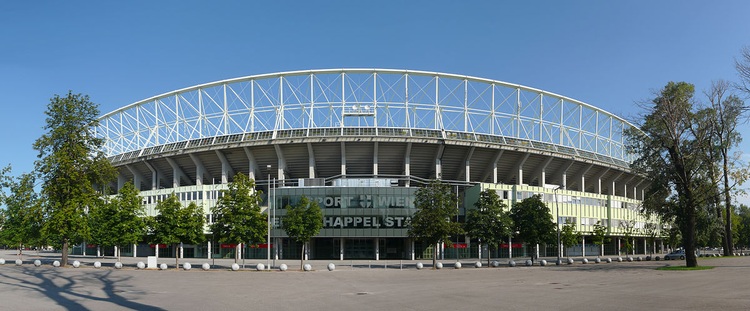
Despite football being the most popular sport in Austria, the stadiums don’t necessarily reflect that fact. Even the national stadium, the aforementioned Ernst-Happel-Stadion, has a capacity of just under fifty-one thousand, which is smaller than the stadiums of most of England’s top sides.
The next largest is the Hypo-Arena, the home of SK Austria Klagenfurt and built at the same time as the new club was formed.
There are just five stadiums in the country with a capacity in excess of twenty-five thousand, with Red Bull Arena, Allianz Stadion, and Linzer Stadion adding their names to the ones already mentioned. The rest come in at under twenty thousand, with eight being able to welcome more than ten thousand.
In fact, across all of Austria there are just twenty-one stadiums that are able to host more than seven thousand people, in spite of the fact that there are more than one hundred clubs playing football. The design of the grounds is a mix between modern, bowl-style venues with continuous seating and more ‘English’ types with individual stands.
Austrian Leagues
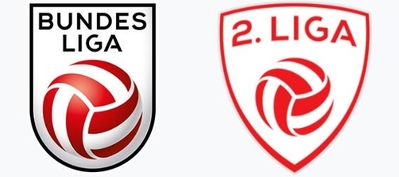 The Austrian Football League stretches to more than five tiers, though only the Bundesliga and Erste Liga, or First League, are divisions in their own right. From the 2018-2019 season onwards, the Bundesliga was adapted to include twelve teams rather than the ten that were in it before, whilst the Erste Liga will have sixteen, also up from ten.
The Austrian Football League stretches to more than five tiers, though only the Bundesliga and Erste Liga, or First League, are divisions in their own right. From the 2018-2019 season onwards, the Bundesliga was adapted to include twelve teams rather than the ten that were in it before, whilst the Erste Liga will have sixteen, also up from ten.
The third tier is then split into three different divisions according to region, which are namely the Regionalliga Ost, or East League, the Regionalliga Mitte, or Central League, and the Regionalliga West, or West League. Each of them contains sixteen clubs.
After that things become even more disparate. The fourth-tier of Austrian football is split up into nine different leagues, some of which have seventeen clubs competing in them, some have sixteen and others have just fourteen. The clubs that compete in them do so depending on their geographical location in Austria, with one club from each promoted at the end of the season. Below that is the fifth-tier, which is populated by the numerous different local sides and lower league clubs.
Austria National Team
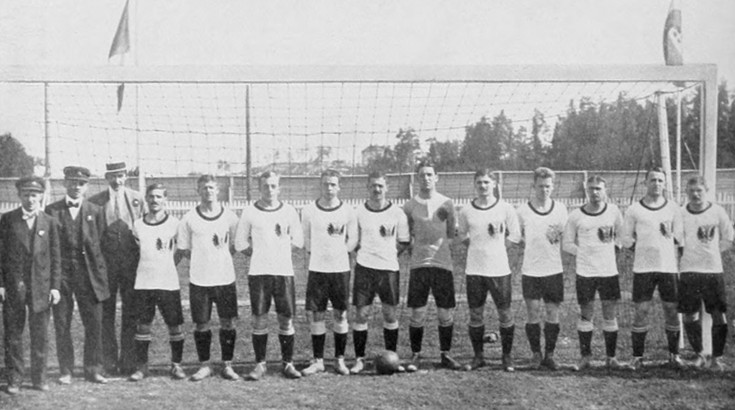
We mentioned the relative success – or lack therefore, to be more specific – of the Austrian national team in tournaments earlier, so we won’t go over the same ground here. Sufficed to say, though, that there is a general sense of disappointment about the national team when it comes to their achievements over the years.
The side played its first game on the 12th of October in 1902 when the home team beat Hungary 5-0 in Vienna. It was not a sign of things to come. In fact, about the only thing worth remembering regarding the game was that it was the first ever played between two non-British European sides.
The lack of qualification of Austria in major international tournaments like the World Cup and Euros is something that many in Austrian football consider to be a mark against the nation. Even the side’s qualification for the European Championship in 2008 was because they were joint hosts, along with Switzerland.
That said, the Austrian side of the 1930s was known as the ‘Wunderteam’, with their centre-forward, Matthias Sindelar, earning the nickname ‘the Mozart of football’, so it would have been interesting to see what they might have achieved had the country not been annexed by Germany in 1938.
Key Stats
| Austrian National Team Statistics | |
|---|---|
| Year Formed | 1902 |
| Home Stadium | Ernst-Happel-Stadion |
| Stadium Capacity | 50,865 |
| Major Honours | None |
| Curent Manager | Franco Foda |
| Top Scorer | Anton ‘Toni’ Polster (44) |
| Most Caps | Andreas Herzog (103) |
| Best Performance at World Cup | Third Place (1954) |
| Best Performance at European Championships | Group Stage (2008, 2016) |
| Kit Colours | Red & White (Home), White & Black (Away) |
History Of Football In Austria
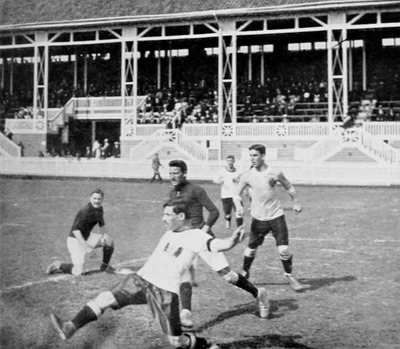 There’s no specific record of how football reached Austria, though if the country’s anything like the rest of Europe then it’s fair to assume that a British soldier or teacher brought it over when posted there at some point. What we do know is that a cup competition was started in 1900, though it was only for teams from Vienna and its districts. As we mentioned earlier, that led to some inverse-snobbery from the rest of the nation over the following years as football began to spread around the country. The first league, 1. Klasse, was formed in 1911 and made professional in 1924, at which point it was re-branded as I. Liga. Five years later and an amateur championship was formed, but the professional clubs of Vienna weren’t allowed to join.
There’s no specific record of how football reached Austria, though if the country’s anything like the rest of Europe then it’s fair to assume that a British soldier or teacher brought it over when posted there at some point. What we do know is that a cup competition was started in 1900, though it was only for teams from Vienna and its districts. As we mentioned earlier, that led to some inverse-snobbery from the rest of the nation over the following years as football began to spread around the country. The first league, 1. Klasse, was formed in 1911 and made professional in 1924, at which point it was re-branded as I. Liga. Five years later and an amateur championship was formed, but the professional clubs of Vienna weren’t allowed to join.
One of the most interesting things about Austrian football is that the women’s game is almost as popular as the men’s game. The Austrian women’s national side played its first match on the 9th of July in 1970, though they didn’t do much to make the country proud – they lost 9-0 to Mexico. In domestic football there are two main leagues, which are the ÖFB-Frauenliga and 2. Frauenliga. By the start of the 2010-2011 season there were more than three hundred registered clubs and until 2004 the winner of the ÖFB-Frauenliga played against the Austrian Cup victors in the Austrian Supercup.
